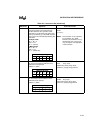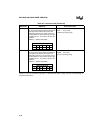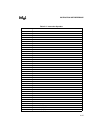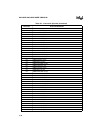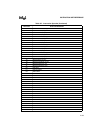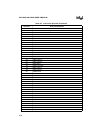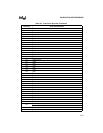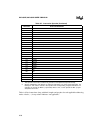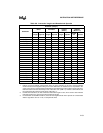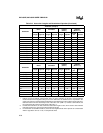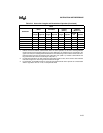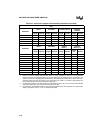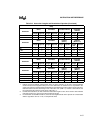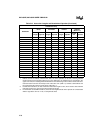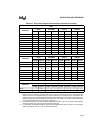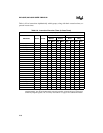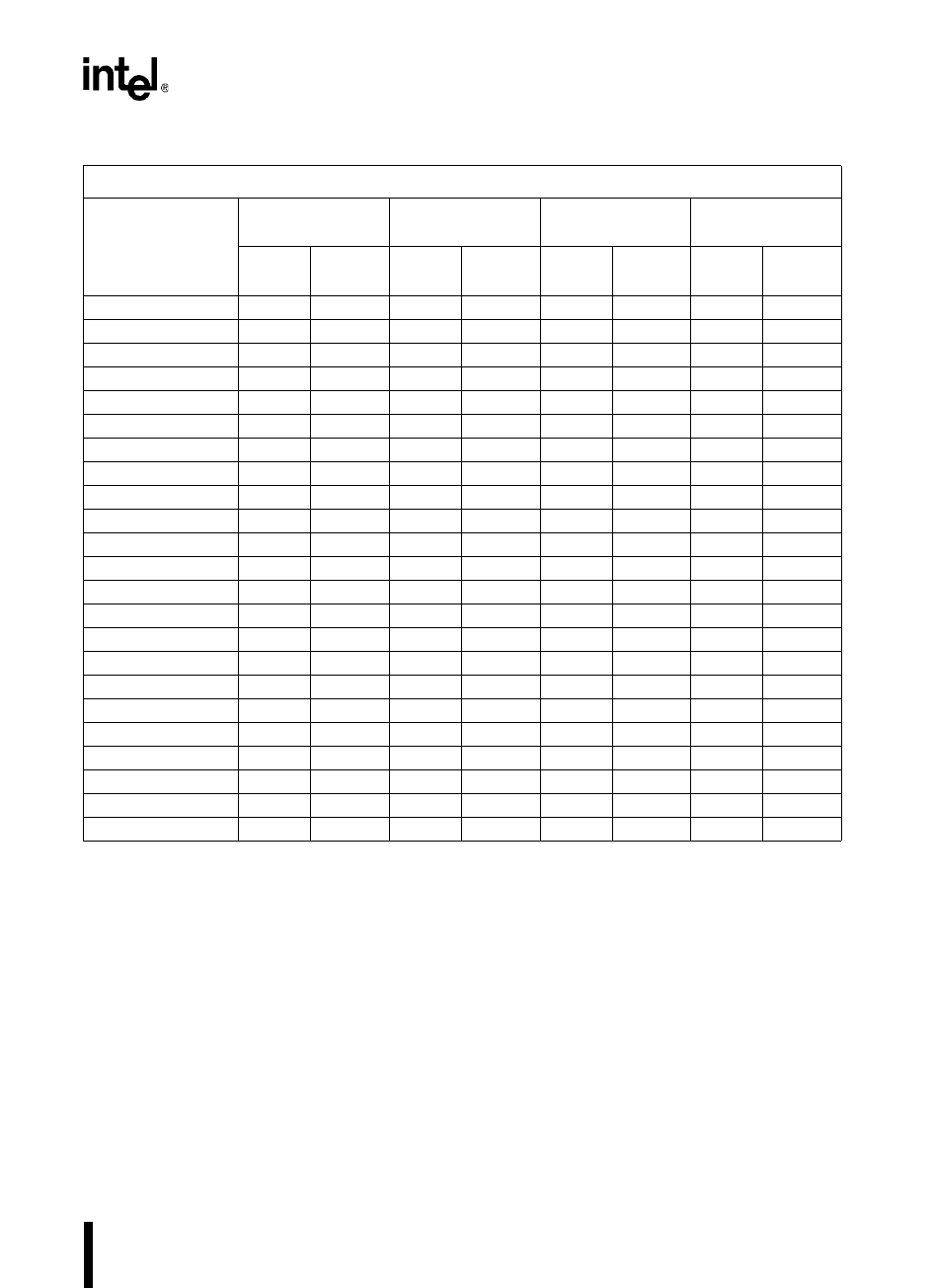
A-53
INSTRUCTION SET REFERENCE
Table A-8. Instruction Lengths and Hexadecimal Opcodes
Arithmetic (Group I)
Mnemonic
Direct Immediate
Indirect
(Note 1)
Indexed
(Notes 1, 2)
Length Opcode Length Opcode Length Opcode
Length
S/L
Opcode
ADD (2 ops) 3644653664/567
ADD (3 ops) 4445454465/647
ADDB (2 ops) 3 74 3 75 3 76 4/5 77
ADDB (3 ops) 4 54 4 55 4 56 5/6 57
ADDC 3A44A53A64/5A7
ADDCB 3 B4 3 B5 3 B6 4/5 B7
CLR 201——————
CLRB 211——————
CMP 38848938A4/58B
CMPB 39839939A4/59B
CMPL 3C5——————
DEC 205——————
DECB 215——————
EXT 206——————
EXTB 216——————
INC 207——————
INCB 217——————
SUB (2 ops) 3 68 4 69 3 6A 4/5 6B
SUB (3 ops) 4 48 5 49 4 4A 5/6 4B
SUBB (2 ops) 3 78 3 79 3 7A 4/5 7B
SUBB (3 ops) 4 58 4 59 4 5A 5/6 5B
SUBC 3 A8 4 A9 3 AA 4/5 AB
SUBCB 3 B8 3 B9 3 BA 4/5 BB
NOTES:
1. Indirect normal and indirect autoincrement share the same opcodes, as do short- and long-indexed
modes. Because word registers always have even addresses, the address can be expressed in the
upper seven bits; the least-significant bit determines the addressing mode. Indirect normal and short-
indexed modes make the second byte of the instruction even (LSB = 0). Indirect autoincrement and
long-indexed modes make the second byte odd (LSB = 1).
2. For indexed instructions, the first column lists instruction lengths as
S
/
L
, where
S
is the short-indexed
instruction length and
L
is the long-indexed instruction length.
3. For the SCALL and SJMP instructions, the three least-significant bits of the opcode are concatenated
with the eight bits to form an 11-bit, 2’s complement offset.



